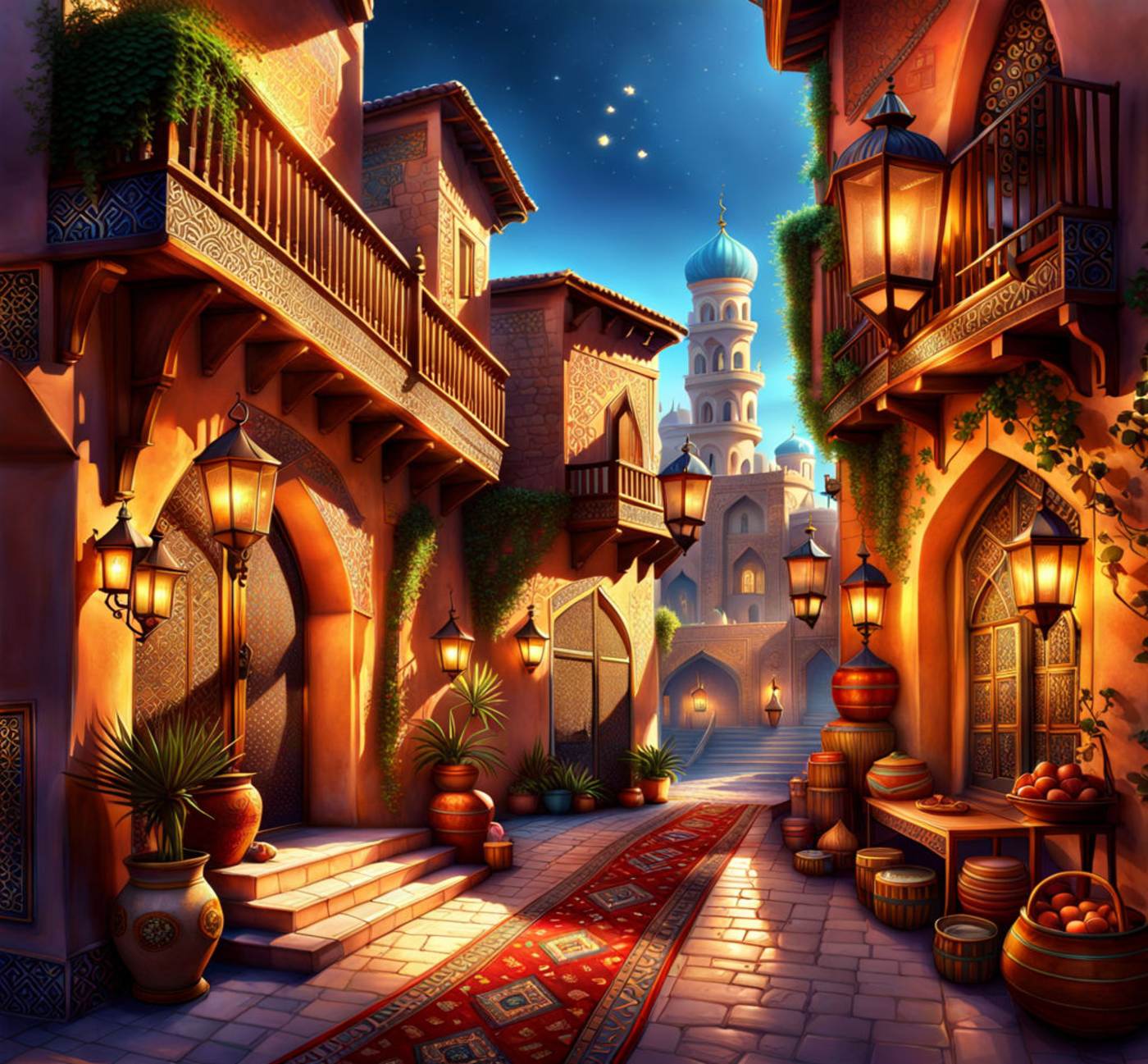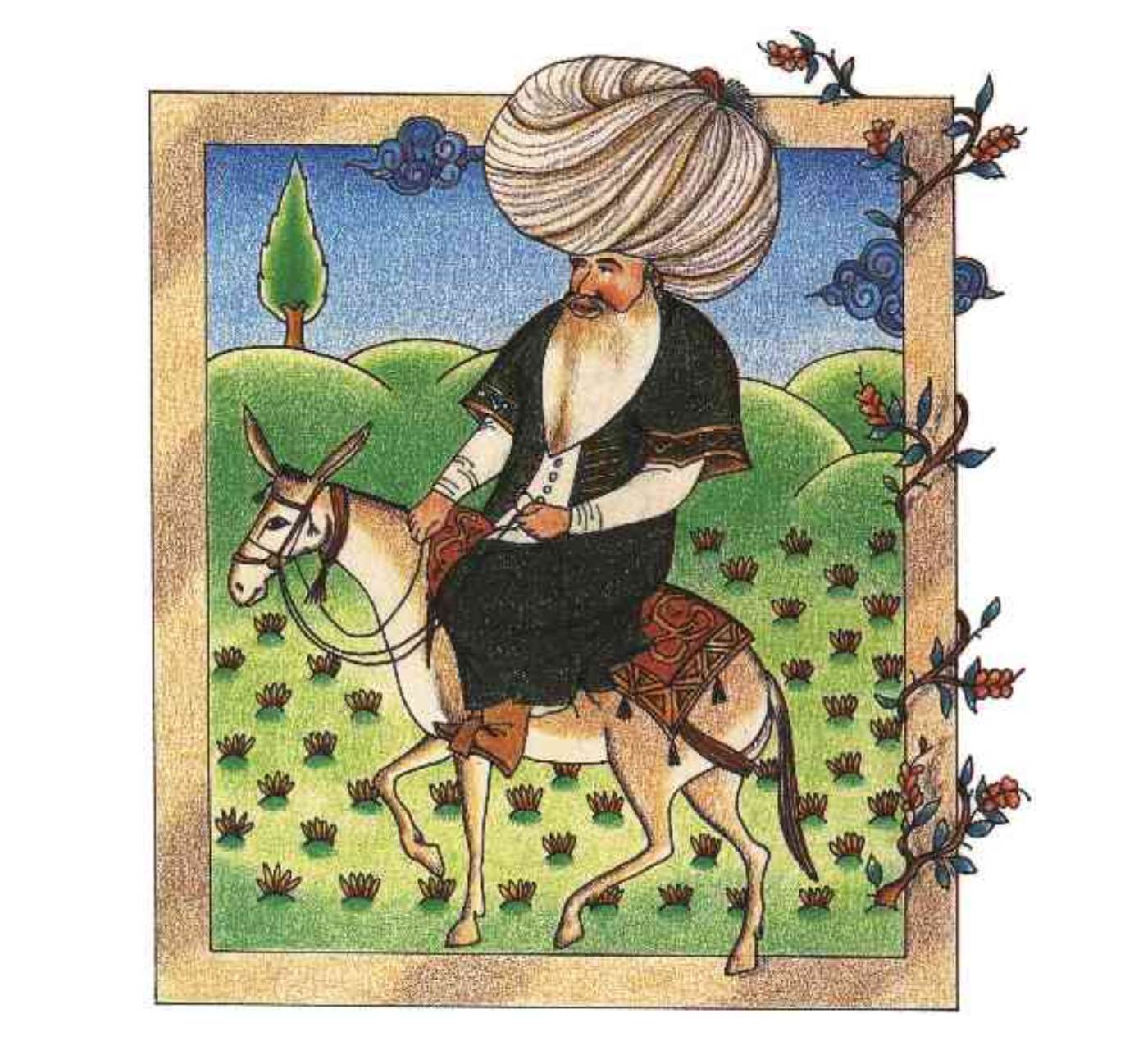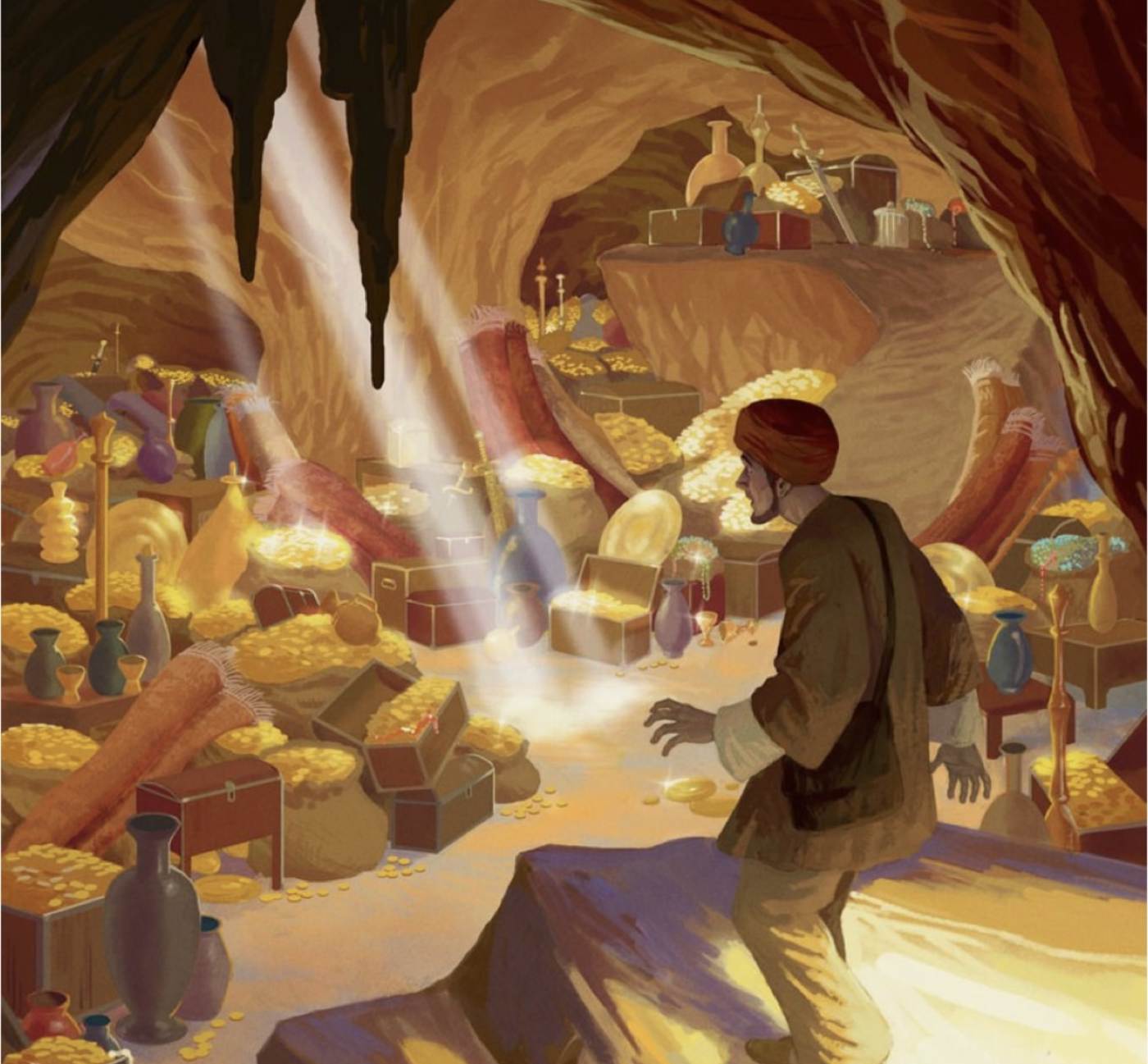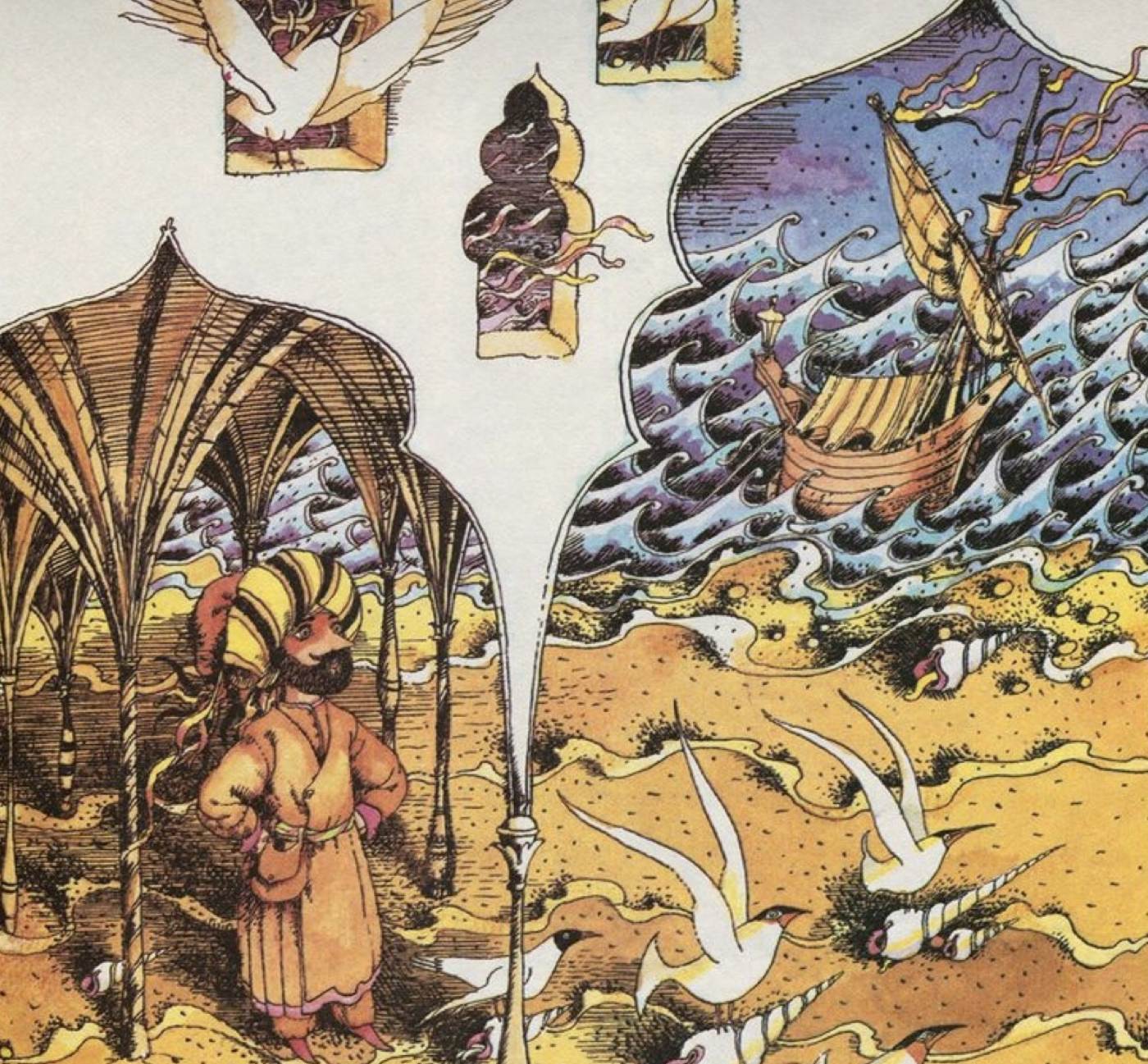Whispers of the Desert: Exploring Middle Eastern Fables

Ahlan, dear readers! Welcome to a one of a kind journey through the pages of Middle Eastern fairy tales, where the ink is infused with the aroma of spice, and the narratives unfold like the petals of a desert rose. With one sentence, “open sesame”, you embark on a narrative oasis, where tales are ancient whispers carved on the winds of time, each story a gem in the mosaic of cultural heritage.
Imagine yourself wandering through a bazaar of imagination, where the stalls are covered with tales of magic carpets, genies and goblins, mystical creatures that embody both menace and marvel, and heroes embarking on transformative journeys in cities concealed in the folds of time. In this world, fables are not just regular words but vessels of cultural memory, passed down through generations like a sacred treasure.
As we navigate through this literary realm, let’s explore the intricate patterns of storytelling-from the mythical landscapes of Baghdad to the hidden valleys of Persia. These tales promise not only escapism but also a profound reflection on the complexities of human nature.
Let’s venture beyond the Aladdin’s lamp and the magic carpets, unraveling the layers of meaning, symbolism, and cultural significance that make Middle Eastern fairytales an enduring treasure trove of storytelling. Here, magic is not an illusion but a vibrant thread in the fabric of storytelling, and each story is an invitation to explore the wonders of a region steeped in mystique and allure.
One example of the enduring enchantment of storytelling, the “One Thousand and One Nights”, who stands as a distinctive masterpiece of the timeless art of narrative. For centuries, these captivating tales have sparked the imagination of diverse generations worldwide. Emerging from the rich tapestry of Arabic, Middle Eastern, and Islamic literature, this collection, known as “Alf Laylah Wa Laylah” in Arabic, is considered a pinnacle of storytelling prowess. From literature to music, from art to cinema, the influence of these tales persists, shaping creative landscapes even in contemporary times. Whether experience through the ancient oral tradition, the pages of classical texts, or even reimagined in movies, the allure of these narratives continue to resonate. Sinbad, Ali Baba, Shahrazad- these names evoke a collective familiarity, echoing through our cultural memory. Indeed, the stories of One Thousand and One Nights, and many more middle eastern stories have crossed temporal and geographical boundaries to become timeless treasures of human creativity.
So, what makes these fables so special?

CHARACTERISTICS OF MIDDLE EASTERN FABLES
Cultural Influences
Cultural influence plays a significant role in shaping Middle Eastern fables, infusing them with distinct values, traditions, and perspectives. These stories often reflect the moral, social, and religious principles of the diverse cultures within the region, including Arab, Persian, Turkish, and others. Islamic teachings and ethics frequently underpin the narratives, emphasizing values such as hospitality, generosity, justice, and humility. The cultural influence is evident in the characters, settings, and themes, drawing on historical events, folklore, and the everyday life of the people. Additionally, the rich tapestry of Middle Eastern art, music, and literature contributes to the unique aesthetic and stylistic elements found in these fables. Overall, cultural influence weaves a vibrant thread throughout Middle Eastern fables, making them not only entertaining narratives but also windows into the values and heritage of the societies from which they emerge.
Core Themes
Middle Eastern fables, woven with cultural intricacies, encompass a myriad of themes that transcend time and resonate with universal truths. These narratives explore the complexities of betrayal and trust, the transmission of generational wisdom, and the value of cultural tolerance, promoting messages of harmony and coexistence. They caution against the pitfalls of greed and materialism, while characters undergo tests of character, revealing virtues and fostering personal growth. The fables celebrate resilience, perseverance, and the transformative power of self-discovery, emphasizing the impact of words and language on outcomes. Friendship and loyalty are cherished, tested by challenges that affirm the enduring value of true companionship, and themes of redemption and forgiveness underscore the potential for positive change. Through these multifaceted themes, Middle Eastern fables offer timeless insights into the human experience, morality, and the intricate tapestry of life.
Characterization & Symbolism
In Middle Eastern fables, characterization and symbolism intertwine to convey profound cultural and moral messages. Characters embody specific virtues or vices, serving as symbolic representations of broader human qualities, while animals, objects, and settings carry symbolic significance, representing abstract concepts or moral principles. Protagonists navigate intricate plots and moral dilemmas, allowing audiences to connect with and internalize the lessons conveyed. From wise old turtles symbolizing patience to cunning foxes embodying cleverness, these tales employ vivid symbolism to impart timeless wisdom and reflect the complexities of the human condition.
Narrative Style & Complexity
The narrative style in Middle Eastern fables is often characterized by a blend of oral tradition, allegory, and moral teachings. These stories frequently employ a conversational tone, as if being shared verbally from one generation to another. Narratives often unfold with a rhythmic quality, mirroring the poetic traditions of the region. The use of personification, anthropomorphism, and allegorical characters allows for the exploration of moral and ethical lessons. The storyteller often weaves intricate plots with unexpected twists, inviting listeners to reflect on human behavior and societal values. Moreover, a common feature is the framing device, where a story is nested within another, creating a layered and engaging narrative structure. This approach to storytelling in Middle Eastern fables contributes to their enduring appeal and educational nature.
Setting & Cultural Context
Middle Eastern fables unfold against a backdrop of diverse settings, capturing the essence of the region’s cultural tapestry. These tales often traverse arid desert landscapes with vast sand dunes and nomadic communities, bustling marketplaces teeming with commerce, and opulent palaces and royal courts reflecting historical monarchies. Elements of magic and the supernatural introduce mystical realms, featuring genies, talking animals, and enchanted objects. Historical cities like Baghdad and Cairo, as well as the connectivity of trade routes like the Silk Road, provide additional layers. Rural villages showcase the simplicity of life, emphasizing themes of hospitality and generosity. Throughout, Islamic architecture, with its distinctive domes and minarets, serves as a visual backdrop, contributing to the rich and varied settings of Middle Eastern fables.

Juha is a fictional character who appears in a popular collection of Middle Eastern folktales known as “Juha’s Wisdom” or “The Wisdom of Juha.” Juha, also known as Nasreddin Hodja in some cultures, is a wise and humorous figure whose stories often convey moral lessons or satirical commentary on human behavior. The character of Juha is found in various forms across different cultures, including Arabic, Turkish, Persian, and Central Asian folklore. Juha is portrayed as a clever and witty individual who uses humor and wit to navigate through life’s challenges and provide insights into human nature. His stories typically involve him outsmarting others, challenging societal norms, and offering unconventional solutions to problems. While the specific details of Juha’s stories can vary, the essence remains consistent – using humor and wisdom to impart valuable lessons and provoke thought. Juha’s tales continue to be enjoyed and shared across generations in the Middle East and beyond.

The legend of Ali Baba and the Forty Thieves is a popular tale from One Thousand and One Nights, also known as Arabian Nights. The story follows Ali Baba, a poor woodcutter, who discovers a secret cave filled with treasures that belong to a band of forty thieves. The entrance to the cave is revealed to Ali Baba by the phrase “Open Sesame.” Ali Baba eventually manages to escape from the thieves and discovers the valuable treasures of the cave. the story emphasizes the virtues of intelligence and resourcefulness over brute strength, while also cautioning against the misuse of secrets. It reflects cultural values and traditions of the Middle East, presenting a heroic narrative of triumph over adversity. As a cherished part of world literature, the tale continues to captivate audiences and preserve cultural heritage through its enduring appeal and timeless lessons.

Sinbad the Sailor is a character featured in several stories from One Thousand and One Nights. In short, Sinbad’s adventures revolve around his seven voyages, where he encounters various mythical creatures, magical lands, and faces numerous challenges. Throughout his journeys, Sinbad survives encounters with giant birds, monstrous sea creatures, and treacherous islands. His resilience, resourcefulness, and a bit of luck help him overcome each peril. Sinbad’s tales highlight themes of perseverance, the consequences of greed, and the rewards of kindness. Despite facing numerous hardships, Sinbad eventually returns home, wealthier, and wiser, concluding his extraordinary voyages.
End Note
As mentioned above, inspiration serves as the magic wand that brings stories to life. Finding inspiration is a journey far from linear, filled with twists and turns, much like the stories themselves.
Through dedication, collaboration, and a willingness to embrace the unknown, writers unlock the door to a world where the extraordinary meets the ordinary. In this space, the magic of storytelling continues to captivate the hearts and minds of young readers, ensuring that the legacy of enchanting fairytales endures for generations to come.




